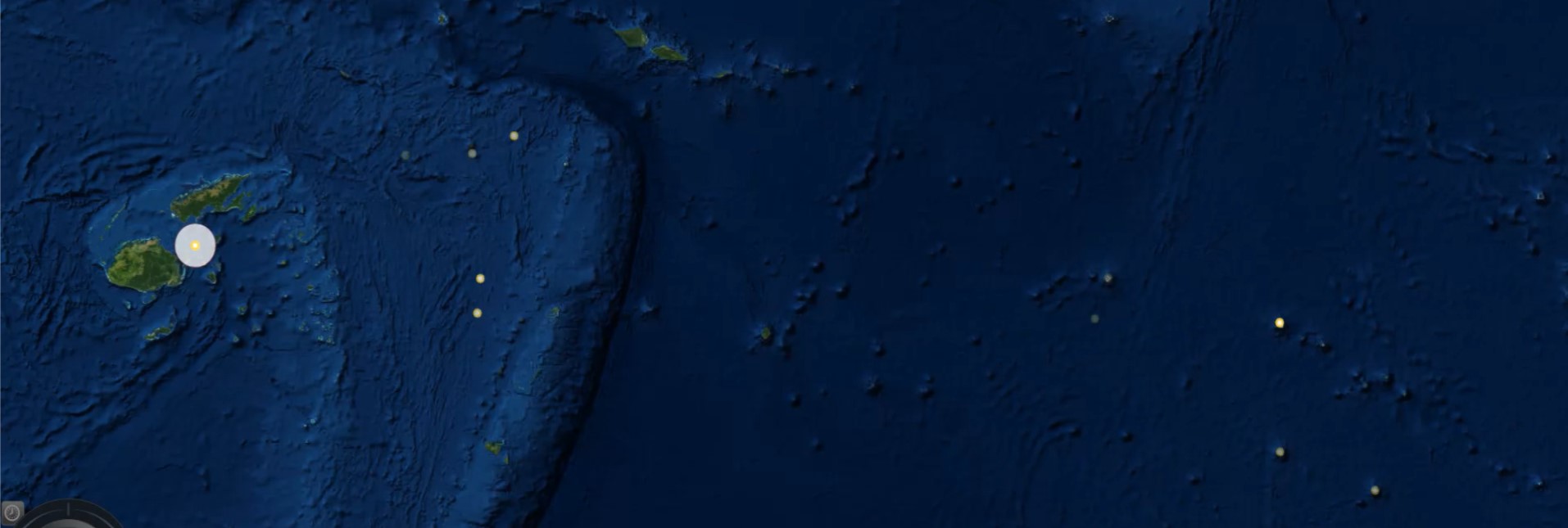This project brings the history of thousands of 20th century leprosy patients to life through data visualisation.
A leprosy hospital on the small Fijian island of Makogai operated between 1911 and 1968 under the care of the Sisters of the Society of Mary. Some 4,500 men, women and children – including a large proportion of Indian indentured labour and some 20 other ethnicities – were treated there. Some were discharged and later readmitted.
The University of Canterbury’s history department had photographs of the hospital’s paper records, which it entered into a spreadsheet and supplied to the University’s Geo-spatial Research Institute Toi Hangarau’. The GRI then partnered with Christchurch-based geospatial firm Orbica to develop a spatio-temporal geohealth solution to accurately capture and display the global spread and migration patterns.



